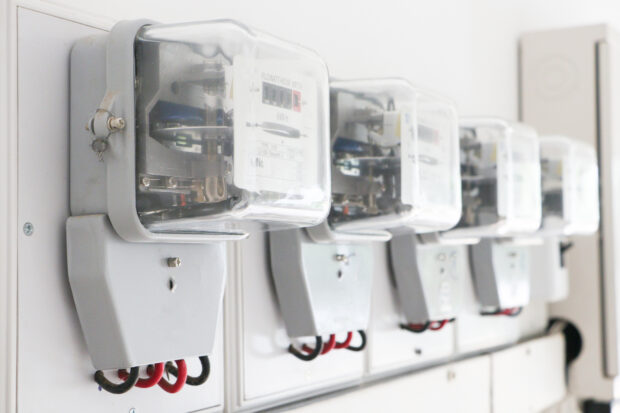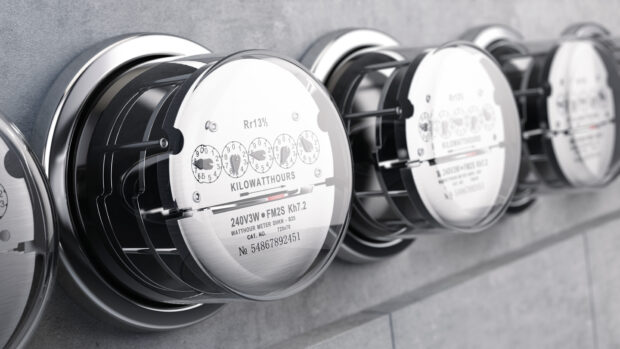Enhanced Sustainability Through Data Technology
“You can’t manage what you don’t measure.” -Brian Haine, Technical Director at Genea
Genea’s September webinar, “Energy Dashboards and Analytics” centers around the question: “Why use energy data?”
As the webinar begins, VP of Sales, Rob Vail, gives an overview of Genea and its three flagship products: Access Control, Submeter Billing, and Overtime HVAC. After the introduction, Vail highlights Genea’s newest feature, Energy Analytics — a robust software program that helps building teams use energy data to make decisions.
Taking the reins, Genea Technical Director, Brian Haine, likens energy data to Legos— building teams can have heaps and heaps of bricks but without knowing how to arrange them, it’s impossible to make anything. Similarly, it’s not enough to simply collect submeter reads without giving the data any structure. Property teams and building companies need to know how to assemble data into a story. Why? Because their future depends on it.
Haine explores how data-driven monitoring works on multiple levels.
1. Environment, Social, Governance (ESG)
Environment, Social, Governance (ESG) is a hot-button topic floating around the industry. This criterion helps different groups of people decide if a building company is worth their investment.
To attract investors, tenants, and employees, building teams must learn to tell their story—how much carbon have they reduced monthly or annually? What certifications have they received?
“[ESG] is all about how people view companies,” Haine says. “What we’re trying to do with Energy Dashboards and Analytics is take a bunch of data from these energy meters, sort it, arrange it, and build a story to show what the energy usage is…”
2. Energy Certifications
Data analytics assist with another in-vogue aspect of the commercial real estate (CRE) industry—energy certifications. Energy Star, Energy Star Tenant and LEED are popular certifications. Building teams gain these certifications by earning points depending on the sustainability steps they take. In turn, these stamps help market buildings. Haine briefly mentions the ways to gain LEED points. Two of these criteria include:
- Installing energy submeters that measure all energy use throughout the performance period
- Document the breakdown of energy use in the building
3. Energy Laws and Regulations
Another factor propelling the need for analytics is nationwide and municipal changes in environmental regulations. Across the country, submetering is growing in prominence because of ASHRAE 90.1. Haine touches on this and other regulations like California Title 24, Washington C409 and NYC Local Law 88. (For more detailed information about these laws check out our previous Genea webinar, “Submeter Laws, Regulations, and How to Adjust.”)
Energy Analytics Demonstration
The second half of the webinar features a live demonstration of Energy Analytics. Haine breaks down how greenhouse gas and energy use graphs help teams better organize and make sense of their building’s utility use.
Other highlights include:
- Degree-Day Normalization charts- help to compare energy use to the temperature outside.
- Private User Views- include customized portfolio manager and tenant views.
- Using visual interval charts to spot system inefficiency
- How to spot unnecessary usage to cut costs
- Combine and compare data across different buildings within the same portfolio
- Setting consumption alarms to monitor usage
Haine concludes the webinar by recommending the first steps to implement data analytics.
“We need to take a look at single-line drawings. Take a look at the electricals, the water, etcetera, and figure out where to place meters,” Haine says. “Once we’ve identified all these loads and identified all the hardware, guess what, we’re just basically collecting data.”
Learn how Energy Analytics can help you become sustainable. And don’t forget to register for our next webinar, “Staying Secure: Access Control Best Practices.”


